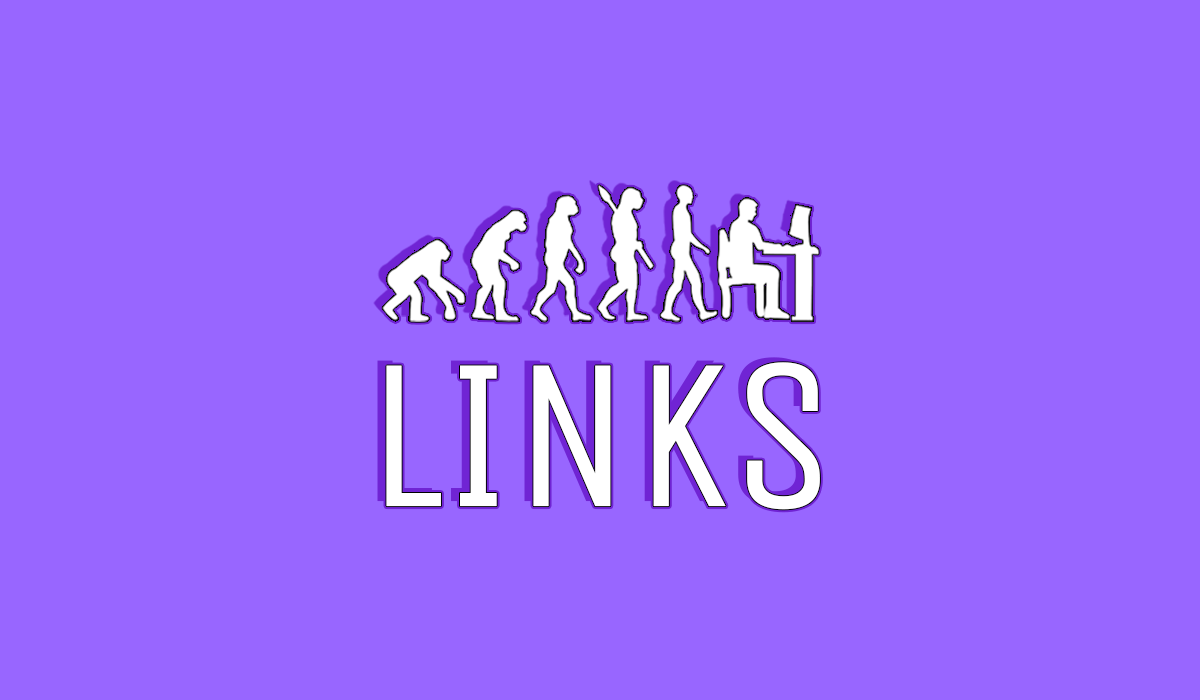LINKS - May 15th, 2024
Welcome to LINKS — my attempt to provide Rhapsody readers with five interesting stories that tell us something about what it means to be human . LINKS is published every Wednesday. Have a link you want to share? Drop it in the comments.
A Cubic Millimeter of a Human Brain Has Been Mapped in Spectacular Detail
By Carissa Wong/Nature Magazine for Scientific American
“The 3D map covers a volume of about one cubic millimetre, one-millionth of a whole brain, and contains roughly 57,000 cells and 150 million synapses — the connections between neurons. It incorporates a colossal 1.4 petabytes of data. ‘It’s a little bit humbling,’ says Viren Jain, a neuroscientist at Google in Mountain View, California, and a co-author of the paper. ‘How are we ever going to really come to terms with all this complexity?’”
Archaeologists identify the birthplace of the mysterious Yamnaya
“Most European men alive today carry y chromosomes that were brought in by the Yamnaya migrants of the Bronze Age, a legacy of the privileged access the latter managed to obtain, by fair means or foul, to local women. Millions of men in Central and South Asia carry the same y chromosomes, since the Yamnaya expanded eastward too. In January Dr Willerslev’s group reported that a genetic predisposition to multiple sclerosis, an inflammatory disease of the central nervous system, arrived in Europe with the Yamnaya, and spread wherever their descendants did. It may have arisen as part of a package of immune changes that evolved in steppe herders, who lived close to their animals, to protect them against diseases of animal origin—including plague. In a modern context, it causes a different kind of disease.”
Why Do People Make Music?
By Carl Zimmer, The New York Times
“It’s possible that songs have distinct features because they have a special role in human communication separate from speech, said Aniruddh Patel, a psychologist at Tufts University who was not involved in the study. What’s more, our brains appear to be sensitive to those features. In 2022, Dr. Patel pointed out, researchers discovered human neurons that only responded to singing — not speech or music played on instruments.”
The Successes and Failures of the Nordic Model: Kjell Ostberg on Swedish Social Democracy
By Matthew McManus, Liberal Currents
“Ostberg is right to be somewhat dour on the merits of Swedish social democracy, let alone the prospect that its core achievements will be replicated given that its heyday is now 50 years past. But I think that his cynicism goes too far, coming across more as chronically disappointed optimism rather than a realistic appraisal of the situation. Many liberals responded with alarm and elitist bunkering in the aftermath of the populist waves in 2016, with some even calling for elites to strike back against the vulgar masses. This is shortsighted. Conservative social scientists like Eatwell/Goodwin and democratic socialists like Thomas Piketty might not agree on much. But they both stress how data suggests populism is largely driven by feelings that political elites are not responsive to the needs of ordinary people, and are more beholden to the rich and powerful. Sadly data by figures like Martin Gilens suggests these feelings have a basis in reality.”
How sweat and stamina helped make humans exceptional runners–and hunters
By Laura Baisas, Popular Science
“Initially, some anthropologists believed that running long distances in pursuit of game would have been taxing to the human body and not worth the trouble. A more slow paced pursuit was believed to be the better method to both get food while preserving strength.
“Endurance pursuit hypothesis posits that the human ability to run long distances is an adaptation that began roughly two million years ago.”




